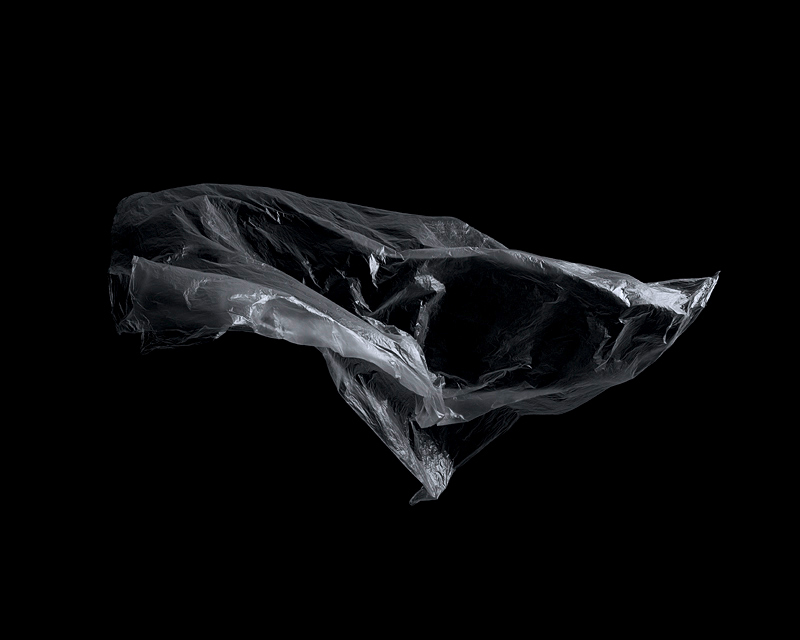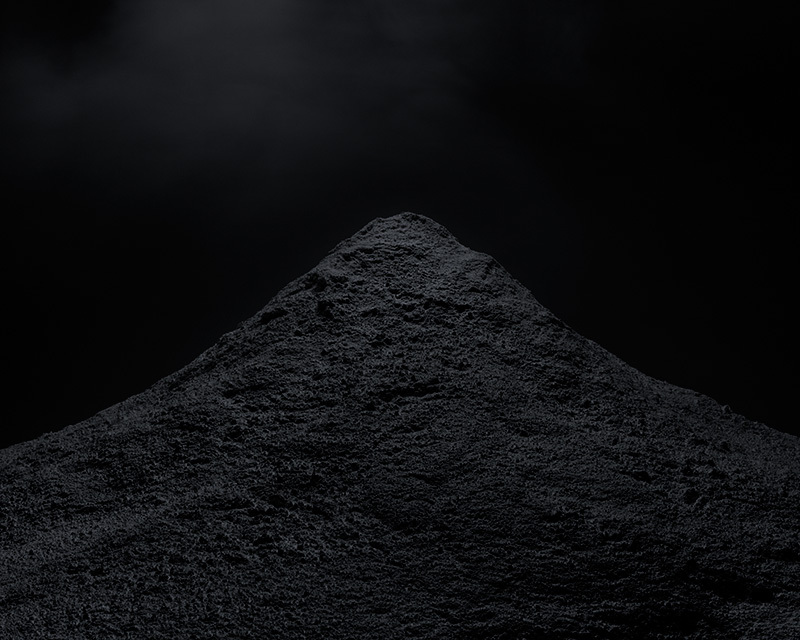Glass in itself is transparent yet its surfaces are highly reflective constituting the thinnest membrane that allows light to pass partially through yet simultaneously reflecting beams of light upon the surface making itself visible. Without that explicit reflection upon its surface, glass would be completely lucent and therefore not to be recognized at all. Hence glass constitutes an optical barrier to light. Due to that paradigmatic phenomena, distractions and irritations occur between the transparency of glass and the reflection upon and within the glass. Depending on the condition of the glass, the light beams penetrating the glass may split apart into its elementary visible coloured beams; red, orange, yellow, green, indigo, blue and purple, a result of refraction. Cubus explores the disposition of the relationship between glass and light operating within a set of glass blocks constructing a systematic, sequential architectural like structure to help observe the impact caused by the placement of the blocks in relation to their reflections within and upon them. As the structure evolves, the reflections of light within and upon the different glass blocks is reflected back or is retransmitted across the other bricks, as well as the reflections of the individual glass blocks which are being reflected within the entire structure, resulting in a playful yet precise series of images, demonstrating the correlation of light, surface, material and reflection.
Construction VI
[Cubus]
- Cat:
- 10.02.006
- Title:
- Construction VI
- Location:
- --
- Date:
- 2010
- Plate:
- 6 of 13
- Edition:
- 3 + 1 AP
- Dimensions:
- 148x148cm (framed)
- Material:
- c-print, diasec
- Published:
- Contemplatio VII, 2011
Notes: Cubus, noun,
1.a. cube (geometric figure)
1.b. die or dice
1.c. lump
1.d. cubic number




